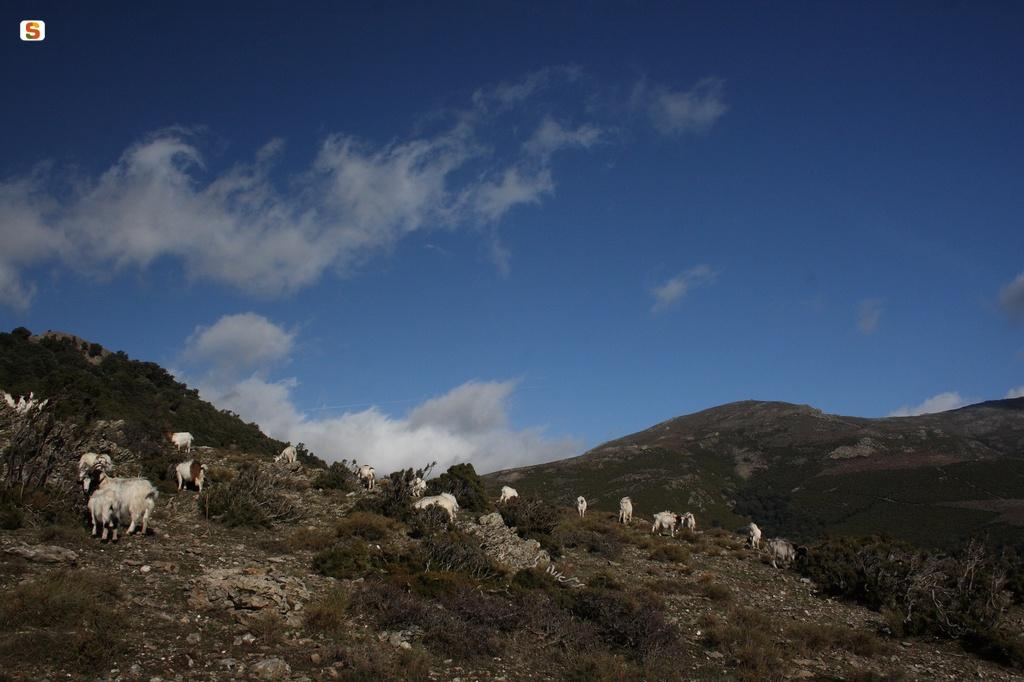The Guilcer is a geographical area located in the centre of the island and has been a crossroads of activity and trade for centuries. It includes a basalt plateau and the plain below crossed by the Tirso river and featuring the man-made reservoir of Lake Omodeo. The Guilcer is home to numerous archaeological treasures including, significantly, the nuraghe Losa of Abbasanta. The ancient area of Barigadu is situated to the south of Lake Omodeo. The landscape is characterised by the presence of Mediterranean maquis and cork tree woodlands, which thrive here thanks to the favourable soil and climate conditions. In the Nature Park of Assai, nestling between the villages of Neoneli and Nughedu Santa Vittoria, you can spot animal species such as the Sardinian deer, fallow deer, wild boar and various wild bird species.
Near the villages of Busachi and Allai, where you can still see ancient rural buildings, there is a Roman bridge that leads to Fordongianus, the city originally called Forum Traiani, which features the ancient ruins of the Roman baths.
The Mandrolisai area, in contrast, is characterised by large, open pasturelands, chestnut and cork tree woodlands and numerous vineyards that represent the area’s most important economic resource.
The Guilcer is a geographical area located in the centre of the island and has been a crossroads of activity and trade for centuries. It includes a basalt plateau and the plain below crossed by the Tirso river and featuring the man-made reservoir of Lake Omodeo. The Guilcer is home to numerous archaeological treasures including, significantly, the nuraghe Losa of Abbasanta. The ancient area of Barigadu is situated to the south of Lake Omodeo. The landscape is characterised by the presence of Mediterranean maquis and cork tree woodlands, which thrive here thanks to the favourable soil and climate conditions. In the Nature Park of Assai, nestling between the villages of Neoneli and Nughedu Santa Vittoria, you can spot animal species such as the Sardinian deer, fallow deer, wild boar and various wild bird species.
Near the villages of Busachi and Allai, where you can still see ancient rural buildings, there is a Roman bridge that leads to Fordongianus, the city originally called Forum Traiani, which features the ancient ruins of the Roman baths.
The Mandrolisai area, in contrast, is characterised by large, open pasturelands, chestnut and cork tree woodlands and numerous vineyards that represent the area’s most important economic resource.

